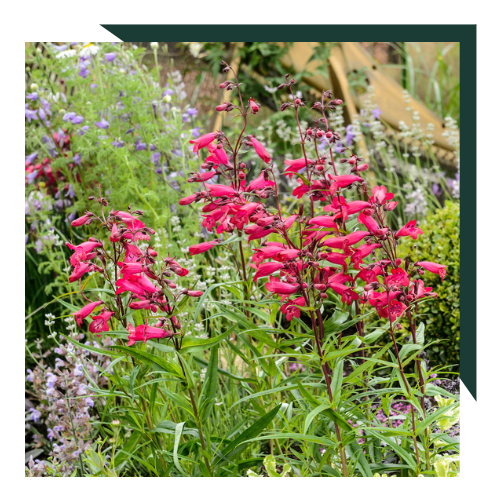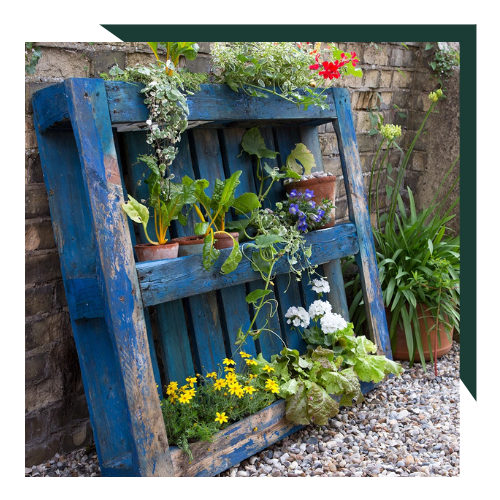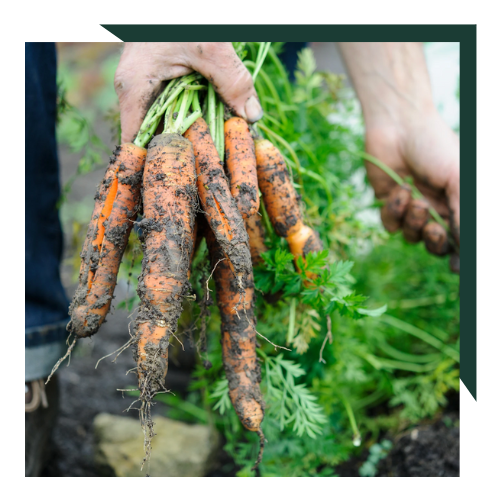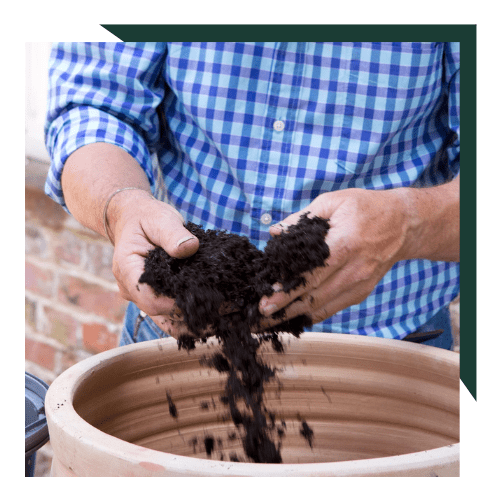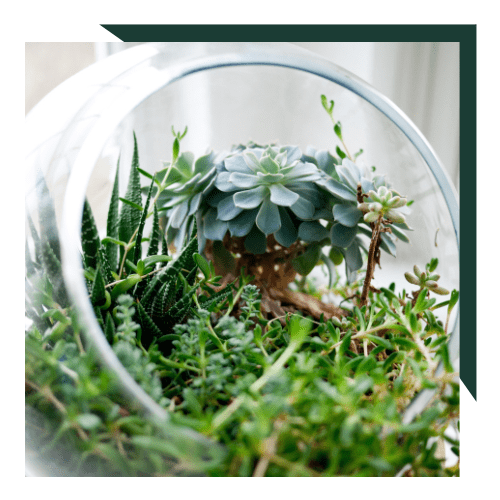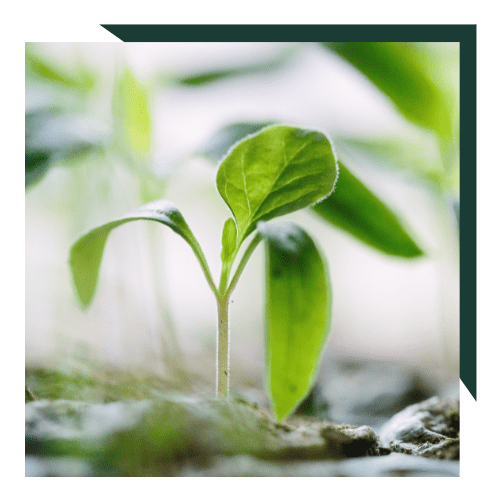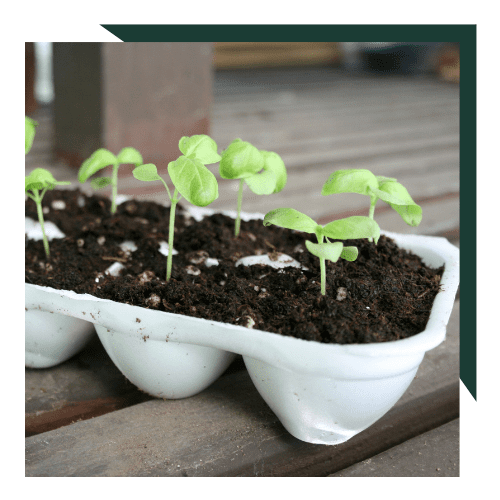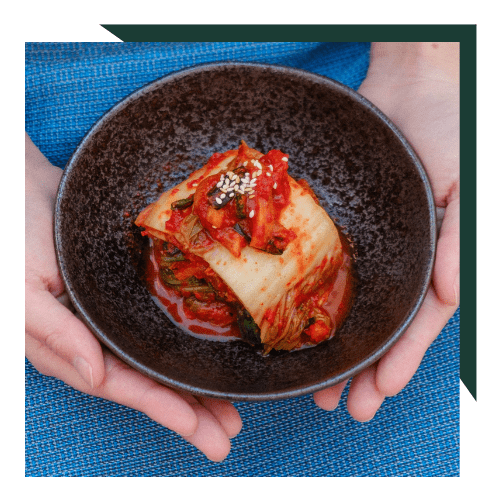Build a pond for wildlife in your garden, with help from an expert garden designer
Small gardens can be havens for wild life, enticing pollinators, bugs and bees. Creating a pond in your garden can have instant impact, and attract a wide range of wildlife to your space.
Lou Carson created a small pond in her Beautiful Border 2022, called Wildlife Oasis. Her small garden design illustrated the benefits of a garden pond to both wildlife and the gardener, and how it can be created as part of a natural looking border or small outdoor space.
Wildlife Oasis received a silver merit award from the judges. Below, Lou Carson shares some tips for creating your own pond at home.

Written by Lou Carson
Ponds should be included in all gardens as they provide a habitat for many animals and are always full of life.
Ponds attract not just frogs, toads and newts but also numerous other small creatures such as dragonflies, damselflies, water beetles, pond snails, water fleas, water boatmen and pond skaters. The pond is also an important source of water for many mammals such as hedgehogs, as well as for many birds, which all like to come for a drink.
Ponds can be a lifeline in a very dry summer when all other available water sources have dried out. Birds also like to bath in the shallow water at the edge of the pond. By surrounding the pond with pollinator-friendly plants many different insects such as bumblebees, solitary bees, hoverflies, and beetles are attracted. The close-by pond will also give these insects a source of water which they will frequently visit. Some hoverflies are also particularly attracted to water and can often be found basking on stones or leaves close to the pond edge.
Below outlines how to build a naturalistic pond similar to our one at the show.
Step 1: Dig a hole
A pond can be any depth and width. Start by digging a small area 60-80cm deep and at least 40cm wide. It allows a deep area to avoid being frozen during winter for frogs to hibernate in.
Start digging out wider and build a 40-50cm wide ledge about 30-40cm deep. Ensure this is level as plants will need to balance on this. Stamp into the ledge and pond base to compact the soil as much as possible.
If the pond is wider than 2m, perhaps create another ledge 20cm deep for shallower plants to grow.
Then create a 10cm wide ledge about 5-10cm deep for the edge of the pond liner to sit on. Ensure this is level so the water does not drain away to one side.
Remove as many sharp stones, roots and sticks as possible.

Step 2: Lay liner and underlay
Measure width + (depth x 2). This is the minimum width of liner and underlay needed. Add 50% contingency.
Use only specialist pond liner with UV resistant coating. The liner should come with a minimum 40-year guarantee.
The underlay is a fabric which protects the liner from punctures.
Cover the hole centrally with the underlay, then place the liner on top. Do not do this in a wind – we had to secure ours with rocks and it still went flying!

Step 3: Add water and resize
Add some smooth rocks or cobbles to temporarily secure the liner in place and add water, allowing the liner to flex into the shape of the pond, gently easing it into the ledges.
Once the pond is 90% full roughly cut about 20cm out from the edge of the pond and keep the off-cuts of underlay or liner. These will be used to protect the liner by placing under large rocks, and plant baskets.

Step 4: Plant and decorate the edges
Start adding plants. Check the labels for how deep the plants should be place below the water level. There should be a mix of depth sizes, oxygenators, and marginal plants. There is space for at least one nymphaea (water lily) in the deep area and a mix of water irises, grasses and other plants scattered around the ledges. Always include oxygenating plants. These are plants which are submersed in the pond, creating a healthy ecosystem. They breathe oxygen into the water and even out bacteria levels, enabling tadpoles, frogs, and insects to survive in the pond. Below is a list of plants we used in our show pond.
Place large rocks around the edge and fit in smaller rocks, cobbles and wood to cover the top ledge and edge of the liner.
Do not yet tidy up and trim the edge of the liner as the pond will need a few days to settle and may shift deeper into the ground, compacting the soil.

Step 5: Finish Planting and Trim Liner
After a couple of days, the water will clear and the liner will have settled into place. Finish tweaking the planting and trim the liner about 10-20cm from the edge of the pond. Bury the exposed liner under soil, rocks, gravel, grass, etc. It should not be exposed to sunlight as it will not last as long.
Now just sit back and wait for the wildlife to come!

Suggested Pond and Marginal Plants for Wildlife:
Shallow or bog:
Caltha palustris
Ranunculus flammula
Mentha cervina
Mentha palustris
Myosotis scorpioides
Iris Louisiana ‘Black Gamecock’
Iris Louisiana ‘Dancing Vogue’
Oxygenators:
Ceratophyllum demersum
Ranunculus aquatilis
Marginals:
Primula candelabra
Lythrum salicaria
Grasses:
Carex elata ‘Aurea’
Scirpus cernuus
Dichromena colorata
Deep Water:
Nymphaea ‘Inner Light’
If you’d like to find out more about the Beautiful Borders at BBC Gardeners’ World Live, click here. To find out more about Lou Carson, click here.
